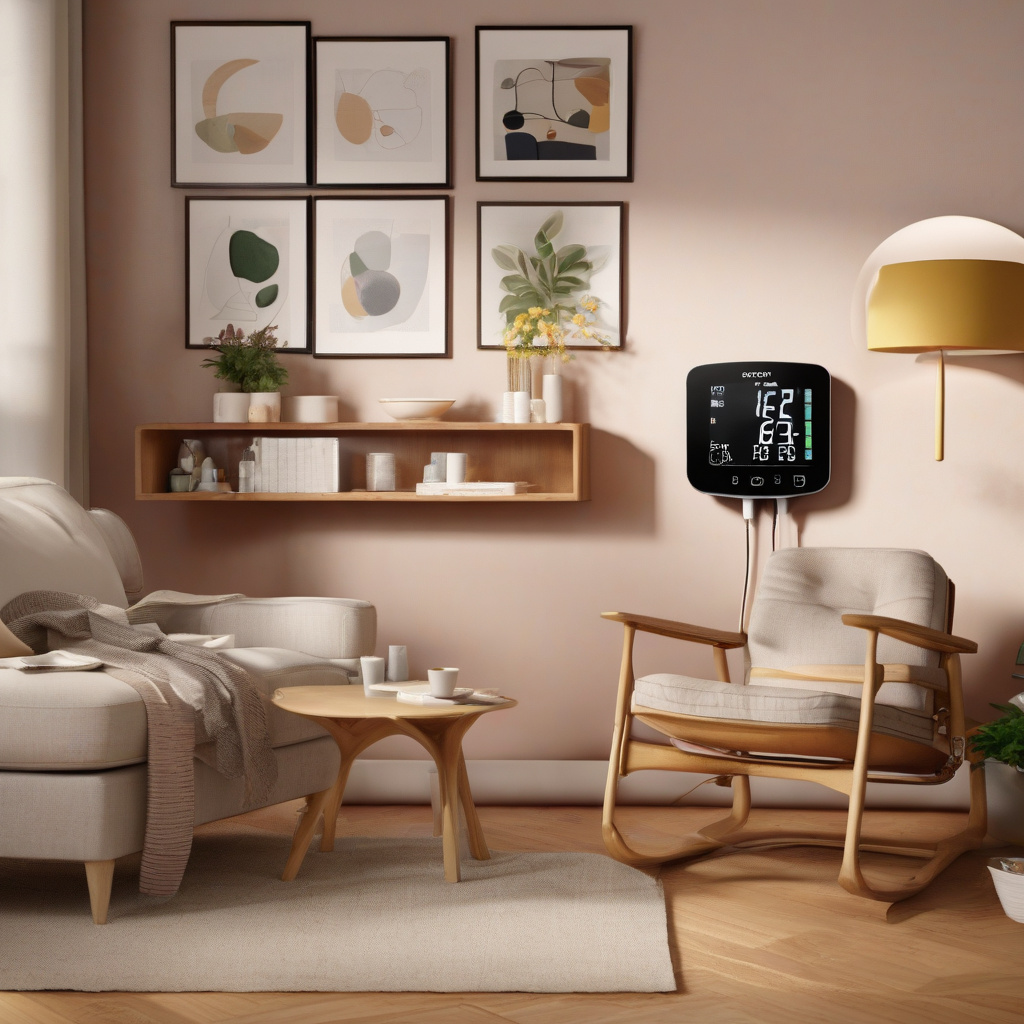High blood pressure is a common health concern that affects many individuals worldwide. Monitoring blood pressure regularly is crucial for managing this condition effectively and preventing potential complications. Traditionally, individuals have relied on cuff devices for blood pressure readings, patiently waiting for the device to provide the necessary information. However, with advancements in technology, there are now innovative tech solutions and apps available to streamline the process and enhance monitoring capabilities.
One notable tech solution for blood pressure monitoring is the integration of smart devices with dedicated apps. These apps are designed to work seamlessly with devices such as smartphones or smartwatches, allowing users to track their blood pressure conveniently and efficiently. By simply connecting the device to the app, individuals can easily monitor their blood pressure levels on the go, without the need for bulky traditional monitoring equipment.
Moreover, these apps often offer additional features that can provide valuable insights into one’s blood pressure trends over time. For instance, some apps allow users to set reminders for regular monitoring, track medication intake, and even share their data with healthcare providers for remote monitoring. This integration of technology not only simplifies the monitoring process but also empowers individuals to take a more proactive approach to managing their blood pressure.
One example of a comprehensive blood pressure monitoring app is the “Blood Pressure Monitor” app, which is available for both iOS and Android devices. This app not only allows users to record their blood pressure readings accurately but also provides visualizations of their data in the form of graphs and charts. These visual representations can help users identify patterns or fluctuations in their blood pressure levels, enabling them to make informed decisions about their health.
Furthermore, some tech companies are developing wearable devices specifically tailored for blood pressure monitoring. These wearable devices, such as smart wristbands or patches, offer continuous monitoring throughout the day, providing real-time data on blood pressure variations. By wearing these devices, individuals can gain a comprehensive understanding of how their activities and lifestyle choices impact their blood pressure, leading to more personalized and effective management strategies.
In addition to monitoring blood pressure, these tech solutions often prioritize user experience and engagement. Features like personalized health tips, motivational reminders, and interactive interfaces make the process of monitoring blood pressure more engaging and user-friendly. By incorporating elements of gamification and social support, these apps and devices aim to motivate users to stay consistent with their monitoring routine and actively participate in their health management.
Overall, the integration of technology and apps into blood pressure monitoring represents a significant step forward in healthcare innovation. By leveraging these tech solutions, individuals with high blood pressure can take proactive control of their health, track their progress more effectively, and collaborate with healthcare professionals for optimized care. As technology continues to evolve, we can expect even more advanced and user-centric solutions to further enhance blood pressure monitoring and overall health management.

